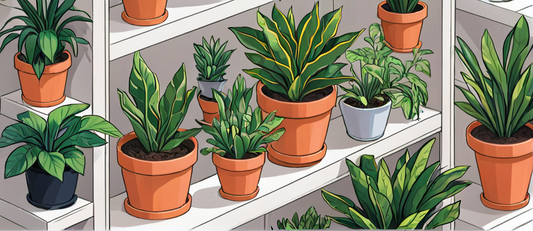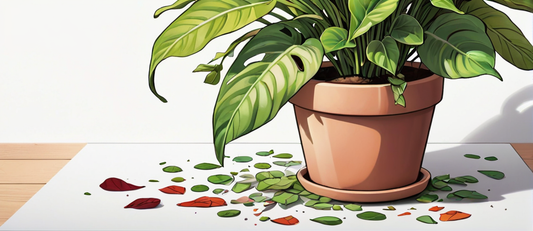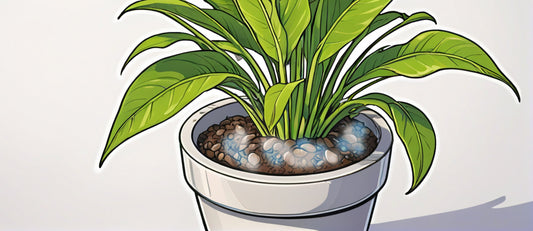

What are the signs of nutrient deficiencies in indoor plants?
Indoor Plant Care | Plant Health
Quick AnswerNotice your leafy pals looking a bit off-colour? They might be shouting out for a good feed! Yellowing leaves, slow growth, wonky leaves... these are all signs your plants could use a nutrient boost. Common culprits are things like nitrogen, phosphorus, and potassium. Regular feeds with a balanced plant feed, plus checking that soil isn't too fussy (they like it slightly acidic), can sort those hungry plants right out!
Your plant was lush and green, and now it's doing something strange. Yellowing leaves? Brown spots? This is often your plant screaming for a specific nutrient! Let's decode plant signals, so you can be a super-savvy plant parent.
The Building Blocks of Life (For Your Plant!)
Plants need certain nutrients to function, just like us! The most important ones are:
- Nitrogen (N): Think of this like protein for plants – it's vital for growth, and those lush green leaves.
- Phosphorus (P): Energy booster, helps with strong roots, flowers and fruit.
- Potassium (K): All-rounder, makes your plant strong and disease resistant.
- Magnesium (Mg), Iron (Fe), Calcium (Ca), Sulphur (S)... the sidekicks! These are just as important, though plants need them in smaller amounts.
Warning Signs: Your Plant's Trying to Tell You Something
- Yellow Leaves: The #1 sign of trouble. But where the yellowing starts tells you which nutrient is lacking. See the section below for details.
- Brown Spots/Crispy Edges: Usually means the plant is lacking potassium, or has been overfertilised.
- Stunted Growth/Weak Stems: Lots of things can cause this, but nutrient problems are a common culprit.
- Fewer Flowers or Fruit: Phosphorus deficiency is often to blame.
Troubleshooting: What's Missing?
- Old Leaves Yellowing First: This usually means Nitrogen (N) or Magnesium (Mg) deficiency. Magnesium deficiency also causes the veins to stay green while between them turns yellow.
- Young Leaves Yellowing First: Often caused by Iron (Fe) deficiency. Looks similar to magnesium deficiency, but newer leaves are worst affected.
- Purple Tint to Leaves: Can be cold temperatures, but also is a sign of Phosphorus (P) problems.
- Curling, Brittle, Weirdly Shaped New Growth: Lack of Calcium (Ca) is a likely culprit.
Fixes for the Hungry Plant
- Good News: Most nutrient problems are easy to solve! Here's how:
- Fertilise Regularly: A good-quality balanced fertiliser in spring/summer gives your plant what it needs to stay healthy. Follow the instructions – more isn't better!
- "Micro-Boost": If you suspect a specific deficiency (especially Mg, Fe, Ca) a product designed for that can work wonders.
- Soil pH Matters: Too high or low, and your plant can't absorb nutrients, even if they're there! A soil test kit is a good investment, and tells you if you need to adjust the pH.
- Overdid the Fertiliser? Flush the soil with plain water – this washes excess salts away. Let it drain fully afterwards!
Extra Help For Beginner Plant Parents
- Don't Panic: A few yellow leaves doesn't mean your plant is dying. Act quickly, and they usually bounce back!
- Light Matters: Yellowing + weak growth can be either nutrient problems, or not enough light. Try moving it to a brighter spot before making big changes to watering/fertiliser.
- Repotting Rescue: If a plant hasn't been repotted in ages, the soil will be worn out. Fresh potting mix works wonders, even without fertiliser sometimes.
Your Partner in Plant Health: Houseplant.co.uk
- Healthy Plants from Day One: We know getting a struggling plant is frustrating, so we're obsessed with quality. That means fewer problems for you!
- Problem Solving Guides: Specific care instructions, troubleshooting tips, the lot! Search our site by plant name and find the answers.



